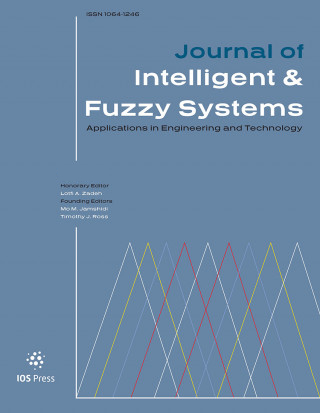Authors: Tian, Xiaoyan | Chen, Xinzhang | Feng, Linlin
Article Type:
Research Article
Abstract:
As the latest and hottest concept in the international arena, the metaverse concept has attracted the attention of various industries including information, economy, art, management, education and teaching for its application and technology integration research, but whether to define metaverse as a technology or a scenario has not yet reached a unified understanding in the academic and scientific communities. We believe that metaverse should be used as a key concept and emerging theory in building the future intelligent field. Therefore, we introduce the concept of metaverse in future film and animation teaching as a novel, strategic and disruptive teaching field
…with great potential, and the constructed metaverse self-directed learning field will become an important part of school education resource optimization. In this study, we focus on the quality improvement path of film and animation teaching in the context of metaverse, and conduct a study on the assessment method of teaching quality after the introduction of metaverse concept. Specifically, we discuss the quality improvement measures in the future teaching of film and animation, construct a teaching field of film and animation based on the metaverse, and propose a related teaching quality assessment model and establish an index system for the quality assessment of film and animation teaching in the context of the metaverse. The index system is composed of 3 primary indicators, 9 secondary indicators and 27 tertiary indicators, and the quantitative calculation is carried out by the Analytic Hierarchy Process (AHP) in fuzzy mathematics, and the weighting results of the indicators are calculated. The research goal of combining quantitative analysis and qualitative research was achieved. What can be seen through our research is that the metaverse online classroom built with virtual reality and other technologies will have more advantages than the traditional teaching classroom. In the future, similar learning devices can be introduced in film and animation teaching, and diversified learning modules can be established. Not only can the learning efficiency of offline classroom be improved, but also more learning space can be opened for online classroom. This study bridges the gap in the theory of quality assessment of film and animation teaching after the introduction of the future metaverse concept, innovates the analysis of the new concept and the improvement of the old method, builds a new scenario of organic combination of new technology and traditional education teaching, and provides a new idea for international and domestic future education research.
Show more
Keywords: Teaching quality assessment, teaching film and animation, metaverse, metaverse field architecture, fuzzy mathematical theory
DOI: 10.3233/JIFS-222779
Citation: Journal of Intelligent & Fuzzy Systems,
vol. 44, no. 2, pp. 2981-2997, 2023
Price: EUR 27.50





